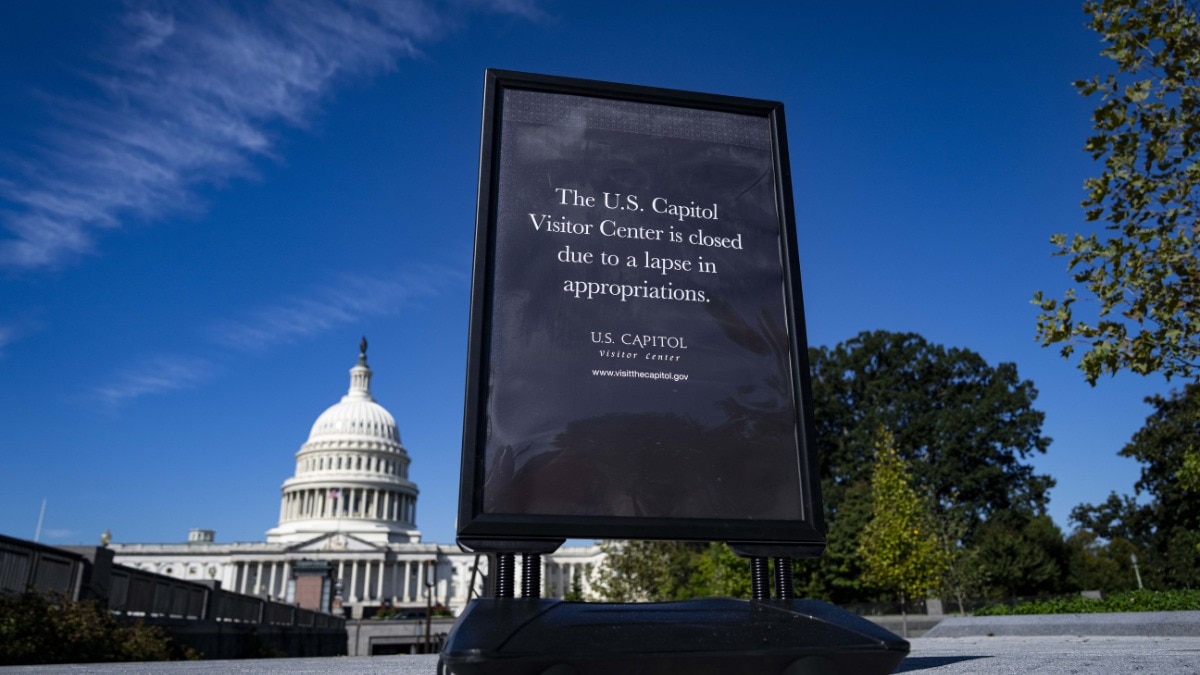The lights went out in Washington at midnight, not for want of electricity but for want of consensus. Lawmakers there failed to agree on a stopgap funding plan, forcing the US government into a shutdown. At first glance, it seems like a domestic political impasse. But as the world’s largest economy grinds down parts of its administration, furloughing close to 800,000 federal workers and pausing critical services, the tremors are felt far beyond Capitol Hill. Global markets hate uncertainty, and the United States is the very fulcrum of global finance. And after the continuous tariff and policy shocks exerted by the Donald Trump administration, the news of shutdown is not making positive noise at all.
advertisement
On night intervening September 30-October 1, the US Senate’s inability to pass a last-ditch measure was rooted in a familiar clash. Republicans pushed for a “clean” continuing resolution, a short-term extension that would keep the government running without new policy concessions. Democrats, however, insisted on attaching healthcare funding—particularly an extension of Affordable Care Act subsidies and protections for Medicaid—to the deal. Neither side blinked. With House conservatives pressing their leadership not to yield and Senate Democrats unwilling to abandon their red lines, the bill collapsed. The optics were damaging: a partisan standoff on healthcare that halted a $27 trillion economy and the functioning of a government that spends about $6.5 trillion annually.
Several time zones away, the Indian policymakers in New Delhi and financial strategists in Mumbai are cautiously watching, aware of India’s heightened exposure and nursing tariff wounds.
Continue Reading on India Today
This preview shows approximately 15% of the article. Read the full story on the publisher's website to support quality journalism.
